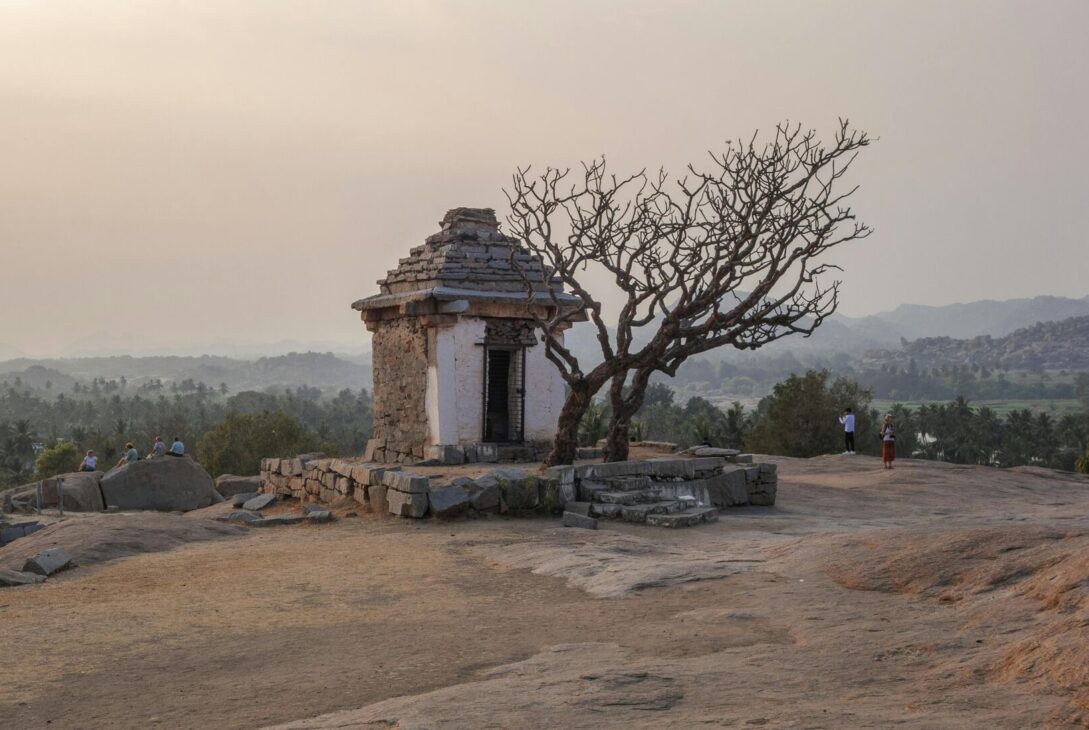Multan, often referred to as the City of Saints, is one of the oldest continuously inhabited cities in the world. With a history dating back over 5,000 years, it has witnessed the rise and fall of great empires, the influence of multiple religions, and the evolution of cultures that have shaped South Asia. While today Multan is known for its Sufi heritage, its past tells a much broader story—one deeply intertwined with Hinduism, Vedic traditions, and ancient Indian civilization.
The city’s strategic location made it a hub of trade, learning, and spirituality. Its unique lingual script, now lost to history, once stood as a testament to its independence and cultural richness. But more than that, Multan was a major center of Hinduism, home to one of the most significant temples dedicated to Surya, the Sun God. This article explores Multan’s forgotten past, its lost script, and its deep alignment with Hindu history, shedding light on a legacy that has largely been overshadowed.
Multan: The Ancient Kingdom that Shaped South Asia
Before becoming part of various empires, Multan functioned as an independent city-state, thriving as a religious and economic center. Located in present-day Pakistan, it stood at the crossroads of major trade routes connecting India, Persia, Mesopotamia, and Central Asia. Its wealth and prosperity attracted conquerors, but its religious significance made it a sacred land for many civilizations.
Historians and ancient texts describe Multan as a prosperous kingdom, ruled by Hindu kings before Islamic invasions reshaped the region. The city’s association with Hinduism is particularly evident in its references in the Mahabharata and various Puranas, which mention it as a center of Sun worship. During the time of the Mauryan Empire, Multan flourished as a seat of Hindu learning and religious practice. The spread of Buddhism in the region, encouraged by Emperor Ashoka, further added to its spiritual significance.
However, the city remained predominantly Hindu for centuries, ruled by local dynasties that resisted foreign conquest. The Rai Dynasty and the Hindu Shahi kings upheld Hindu traditions and maintained the city’s temples, the most famous being the Surya Mandir (Sun Temple), a site of immense religious importance.
The Lost Lingual Script of Multan: A Forgotten Heritage
One of the most intriguing aspects of Multan’s history is its unique writing system, which was once widely used but has now faded into obscurity. Unlike modern scripts used in the region, Multan’s ancient script had its roots in Brahmi and Kharosthi, similar to the ones used in early Sanskrit and Prakrit texts.
Before the arrival of Persian and Arabic influences, Multan’s script was used in temple inscriptions, trade records, and scholarly works. It was a language of governance, culture, and spirituality. The decline of this script began with the arrival of Islamic rulers, who promoted Persian and Arabic as the official languages of administration and scholarship. As a result, the indigenous script of Multan faded, leaving behind little evidence of its once widespread use.
Linguists believe that had this script survived, it could have provided crucial insights into ancient Hindu traditions and knowledge systems practiced in the region. Its disappearance reflects the larger historical erasure of Multan’s Hindu past, replaced by new cultural influences.
The Sun Temple of Multan: A Sacred Hindu Site Lost to Time
Multan’s most defining feature in ancient times was its Sun Temple, dedicated to Surya, the Hindu Sun God. Known as the Suraj Mandir, it was considered one of the most revered temples of Hinduism. Greek historians such as Herodotus and Hecataeus of Miletus made references to this temple, describing it as a site of immense religious significance.
Pilgrims from across India and Central Asia visited the temple, bringing offerings to Surya, believing the deity’s divine light brought healing, prosperity, and protection. The temple was adorned with gold and precious jewels, symbolizing the radiance of the Sun God. This grandeur, however, made it a target for invaders.
The first major destruction of the temple occurred during the Arab invasion of 712 CE, led by Muhammad bin Qasim. While the temple was initially left standing, later rulers either destroyed it or converted it into an Islamic religious site. The final blow came during the rule of Mahmud of Ghazni, who is said to have looted and demolished the remnants of the temple.
Despite its destruction, legends and historical records continue to speak of the temple’s past glory. Even today, ruins and scattered artifacts hint at the city’s Hindu legacy, though much of it has been overshadowed by newer religious structures.
Multan’s Hindu Identity and Its Transformation
The transformation of Multan from a Hindu and Buddhist religious center into a predominantly Islamic city was not an overnight process. It happened over centuries, as rulers changed, temples were destroyed or converted, and new cultural identities emerged. However, traces of Multan’s Hindu past still survive in folklore, traditions, and even the architecture of the city.
Some key remnants of its Hindu heritage include:
The Prahladpuri Temple, believed to be built by Prahlad, a devotee of Vishnu, though now in ruins.
Sanskrit inscriptions on older structures, which suggest the presence of Hindu scholars and religious leaders in ancient Multan.
Local festivals and customs that bear resemblance to Hindu traditions, despite their adaptation into Islamic practices.
Even though modern Multan is often associated with Islamic saints and Sufi traditions, its deep-rooted connection to Hindu history and Vedic culture cannot be ignored.
Conclusion: Rediscovering Multan’s Lost Identity
Multan’s history is a tale of cultural evolution, destruction, and transformation. Once a thriving Hindu center, home to its own distinct script, temples, and traditions, it gradually became a symbol of Islamic spiritualism. While its Hindu past is largely forgotten today, remnants of its Vedic and Sanskrit heritage still echo through historical texts and local legends.
Understanding and preserving the lost heritage of Multan is essential for recognizing its true identity. The city stands as a reminder of the rich, diverse, and intertwined history of South Asia, where cultures and religions coexisted and influenced each other. As we uncover the layers of its past, we begin to appreciate the significance of Multan beyond its present-day identity—as a city that once held the light of Hindu civilization and linguistic brilliance.
Final Thoughts
Multan’s forgotten Hindu history and lost script serve as an example of how civilizations evolve, sometimes at the cost of erasing their past. The city may now be celebrated for its Islamic landmarks, but its deep roots in Hinduism and Vedic traditions remain an integral part of its historical identity. Recognizing and respecting this past allows us to see the true multicultural heritage of South Asia—one that deserves to be remembered, studied, and honored.





